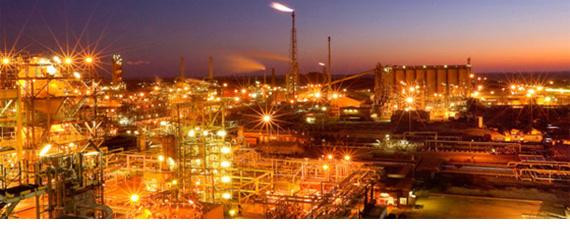
Pipe expansion joint
Pipe expansion joints are necessary in systems that convey high temperature substances such as steam or exhaust gases, or to absorb movement and vibration. A typical joint is a bellows of metal, most commonly stainless steel. A bellows is made up of a series of convolutions, with the shape of the convolution designed to withstand the internal pressures of the pipe, but flexible enough to accept axial, lateral, and angular deflections. Expansion joints are also designed for other criteria, such as noise absorption, anti-vibration, earthquake movement, and building settlement. Metal expansion joints have to be designed according to rules laid out by EJMA. Pipe expansion joints are also known as compensators, as they 'compensate' for the thermal movement.
Pressure Balanced Expansion Joints
Expansion joints are often included in industrial piping systems to accommodate movement due to thermal and mechanical changes in the system. When the process requires large changes in temperature, metal components change size. Expansion joints with metal bellows are designed to accommodate certain movements while minimizing the transfer of forces to sensitive components in the system.
Pressure created by pumps or gravity is used to move fluids through the piping system. Fluids under pressure occupy the volume of their container. The unique concept of pressure balanced expansion joints is they are designed to maintain a constant volume by having balancing bellows compensate for volume changes in the bellows (line bellows) which is moved by the pipe. An early name for these devices was “pressure-volumetric compensator”.













